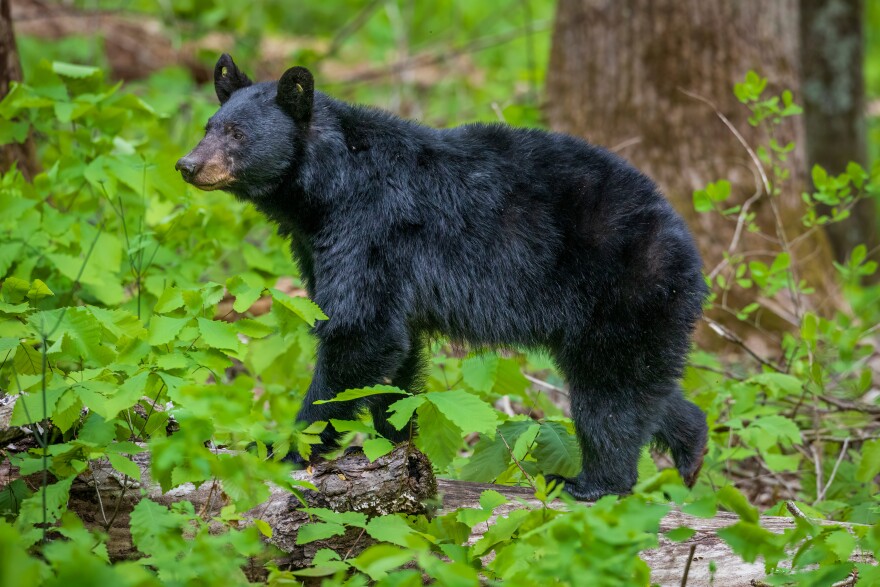Fifty years after the Endangered Species Act was passed, Ohio’s list of endangered or threatened species has almost doubled.
The 1973 act provides protection for endangered animals’ habitats and prohibits taking animals out of these habitats.
Ohio’s first list of endangered species went out in 1974 and included 71 species, according to the Ohio Department of Natural Resources Division of Wildlife. The list is reviewed extensively every five years. As of 2022, there are 131 endangered species and 46 threatened species in Ohio. Endangered species are in danger of extinction, and threatened species are on the verge of becoming endangered.
Research has shown that some species are more vulnerable than originally thought and that several species have been discovered in the state since the act was passed, Derrick Cooper, the Grand River restoration coordinator for the Nature Conservancy in Ohio, said.
“If the act didn’t exist, there would be a lot of species that would become more vulnerable than they currently are,” Cooper said. “There would be species that would be led to extinction, because they don’t have the protections that they currently do.”
Ohio is at risk of among some animal favorites. Black bears, sandhill cranes, West Virginia white butterflies, frosted elfin and spotted turtles are a few of the animals listed as endangered. Ohioans can help protect endangered species by planting native plants to protect wildlife and natural areas, Cooper said.

The Endangered Species Act is crucial for rehabilitating previously endangered animal populations, Mary Turocy, director of policy and government relations for the Nature Conservancy, said.
“It is really landmark legislation that really helps endangered species make a comeback," Turocy said.
Ninety-nine percent of the animals on the endangered species list have avoided extinction, according to the .
Congress is currently considering the , which would expand the impact of the . The Endangered Species Act only protects animals already classified as endangered, threatened, species of interest or extinct. RAWA is a bipartisan bill that will allow a proactive approach for species that are at risk of becoming endangered and extinct before they are listed.

